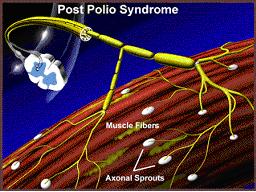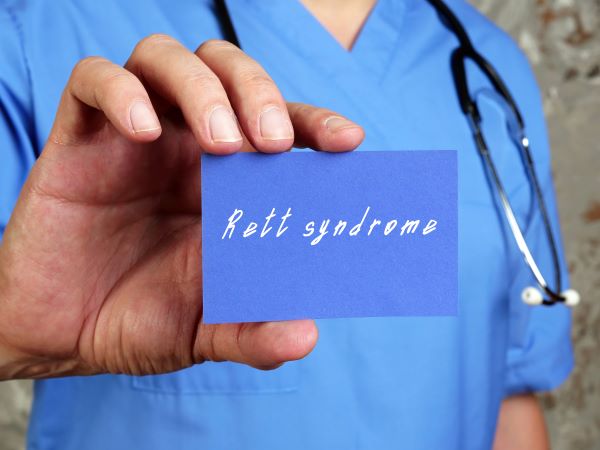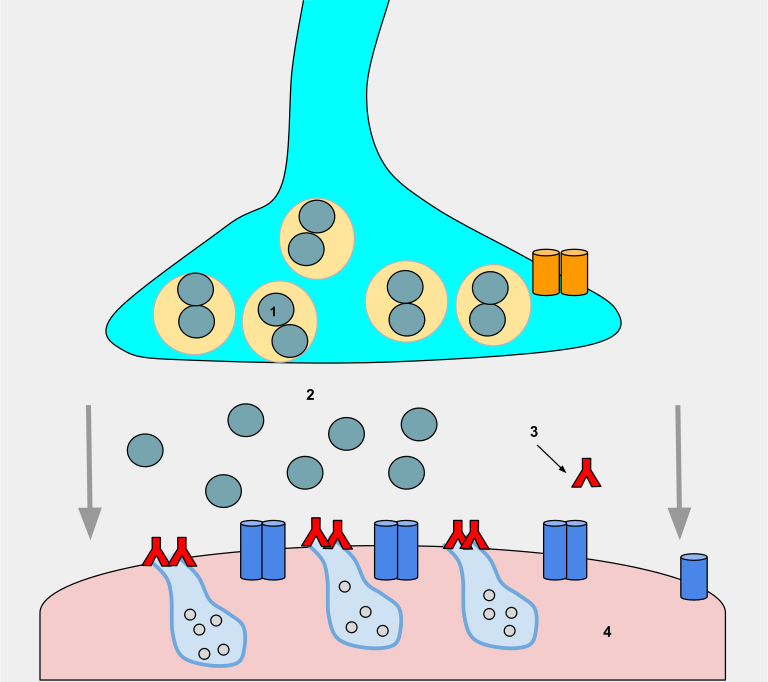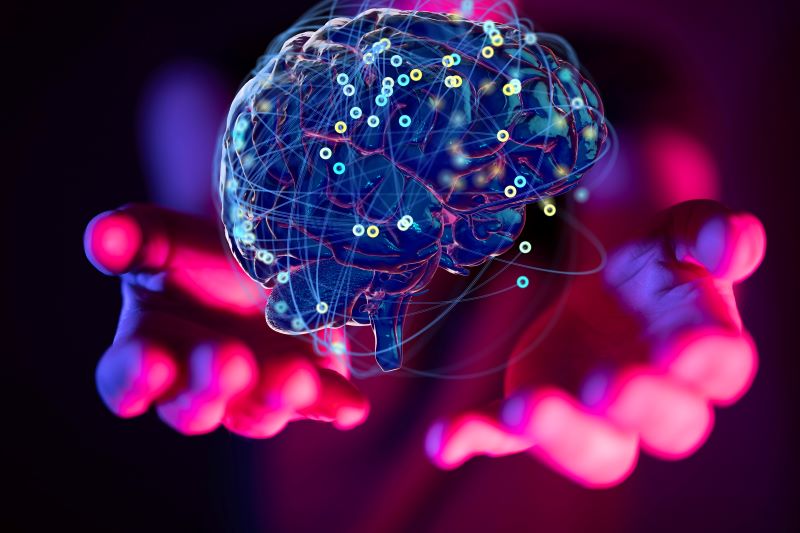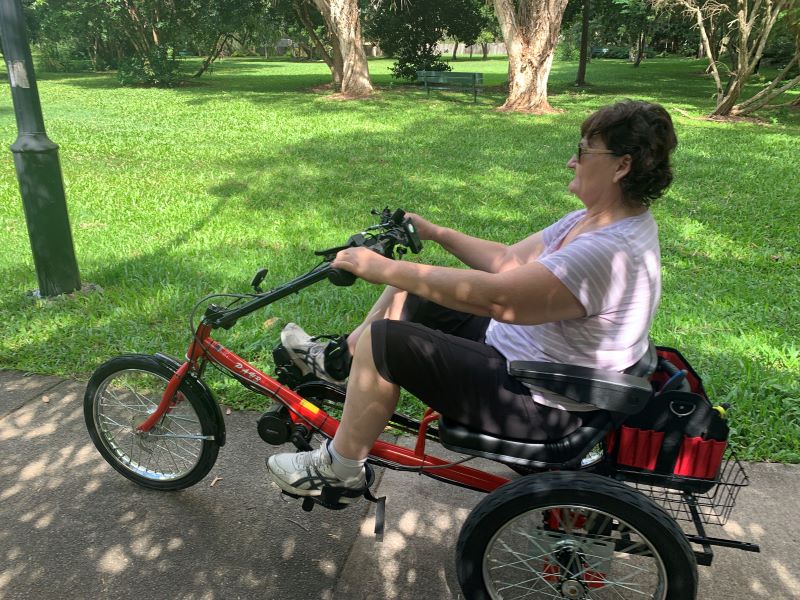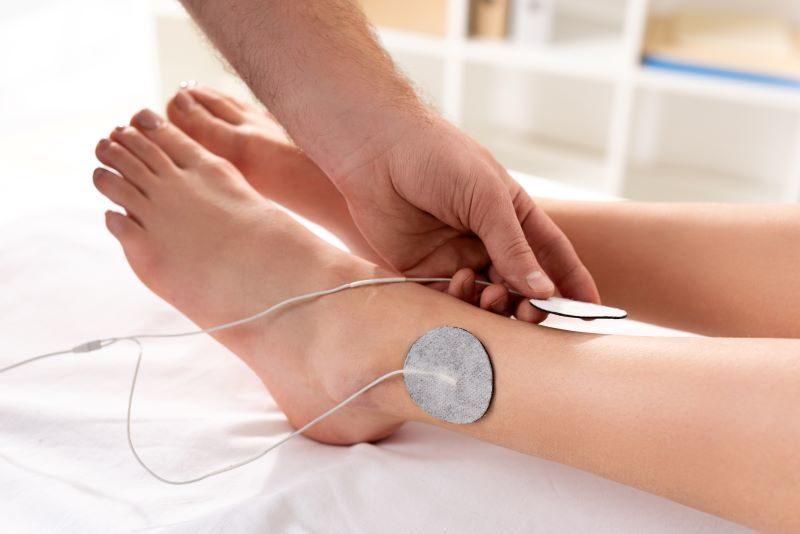Post Polio Syndrome
Also known as the Late Effects of Polio What is Polio? Poliomyelitis, commonly known as Polio, is caused by a virus that enters the nervous system and causes paralysis by damaging nerves called motor neurons (Polio Australia, 2021). Although paralysis is the most noticeable sign of polio, very few cases ever lead to paralysis. The … Read more

